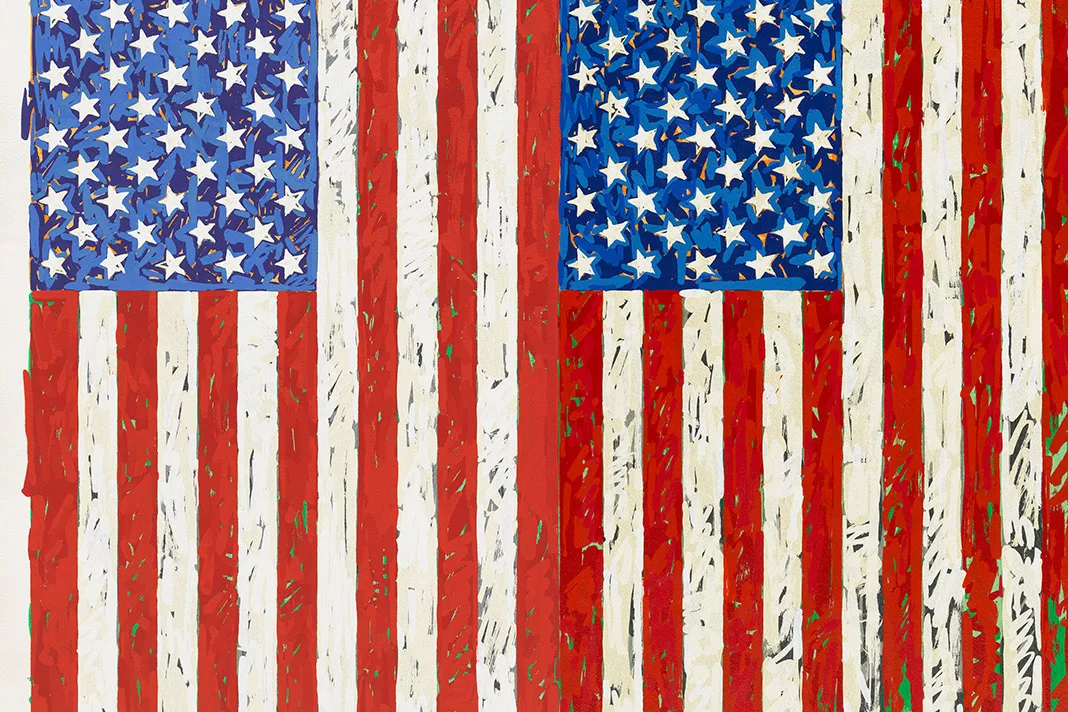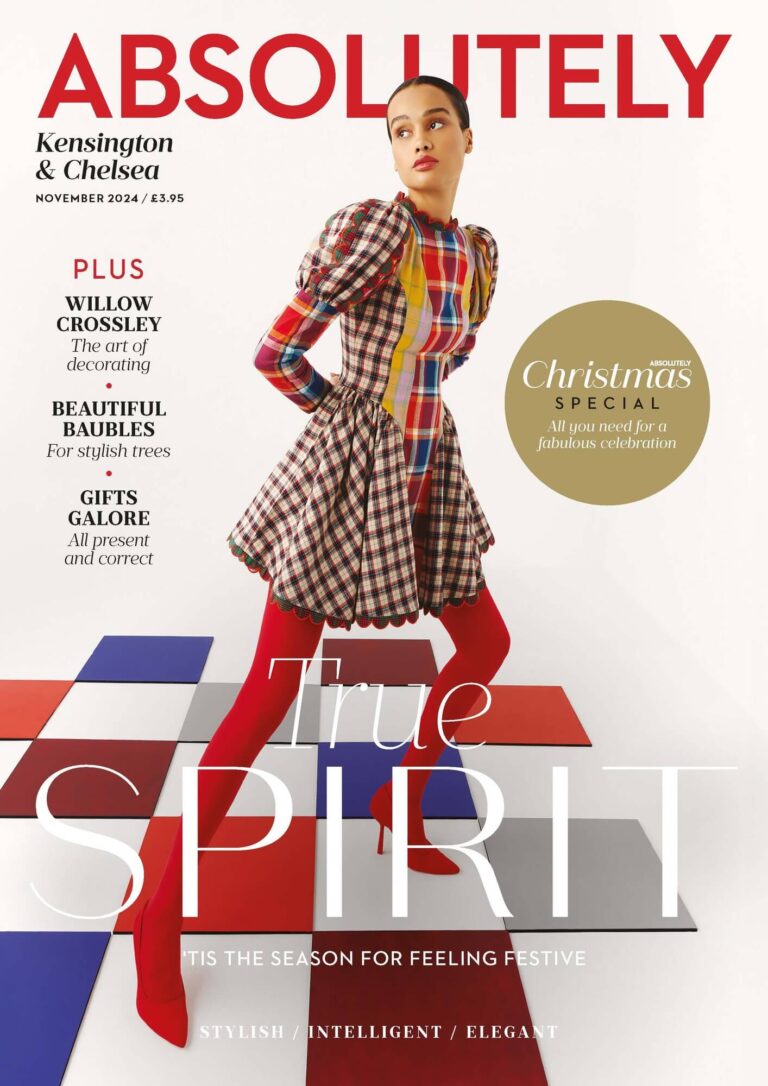Drawing from an important collection of 20th century prints, the British Museum tells the story of the American Dream.
Words Patrick Hamilton Courtney
In 2008 the British Museum held an exhibition called The American Scene: Prints from Hopper to Pollock. The exhibition dealt primarily with the first half of the 20th century, and culminated in an examination of Abstract Expressionism. Nine years later that show’s curator, Stephen Coppell, is picking up where he left off with what came next – Pop Art.
The American Dream examines socio-political aspirations and turbulence during the 1960s onwards. The narrative follows a well-trodden story of hopeful optimism during the 60s which was soon followed by disenchantment and cynicism brought on by events including the Vietnam War, JFK’s assassination, the AIDS crisis, and the struggle for racial equality and civil liberties. The BM is telling this story through the medium of printmaking, an often lesser observed art form that sorely deserves this kind of attention.
Show’s like this are an unusual undertaking for the BM. Considered one of the world’s most serious and scholarly museums, the BM’s collection includes an endless number of treasures that reflect a host of global cultures and histories. Most of the museum’s display efforts focus on giving the public different perspectives and new ways to explore parts of the vast collection.
The American Dream is an altogether different beast. It’s a blockbuster exhibition that’s loaned works from galleries and private collections across the world and has broad appeal. Blockbuster shows serve various purposes, one of which is to draw in visitors who might otherwise think they’ve seen all the BM has to offer. If this kind of exhibition helps support one of Britain’s greatest museums and keeps the public culturally engaged, they can be no bad thing. Furthermore, the presentation allows an opportunity for the BMs substantial collection of American prints to be shown off.
And it’s the prints that should be the focus of this exhibition. Aside from the historical narrative, what this show really excels at is showcasing the journey of printmaking in America in the mid-to-late 20th century. During this period printmaking had an exciting energy behind it, with highly successful contemporary artists throwing their weight behind the medium and creating stellar works of art.
The show highlights excellent works by Robert Rauschenberg, Roy Lichtenstein, Ed Ruscha, Kara Walker, Jasper Johns, and Andy Warhol, amongst others. Pop Art is the catchall term that’s used to describe the works of such artists. It’s a polarising phrase that suggests the throw away culture of commercialised society. But from the steps Ruscha took toward conceptualism with his clever word play, to John’s fragmented and battered looking American flags, this exhibition demonstrates how much further some “Pop Artists” went.
The Verdict
Printmaking is an underappreciated cousin of the trophy mediums of painting and sculpture, but it has every right to a better level of recognition than that. More successfully than anything else, The American Dream succeeds as a champion of print making. There are works present that comment loudly and profoundly on society, and others that are painstakingly made and mesmerizingly beautiful. It’s not the sort of thing we expect from the British Museum, but they’ve pulled it off with aplomb.
The American Dream at the British Museum runs until the 18th June 2017. Tickets at £16.50, admission free for members.
americandreamexhibition.org







